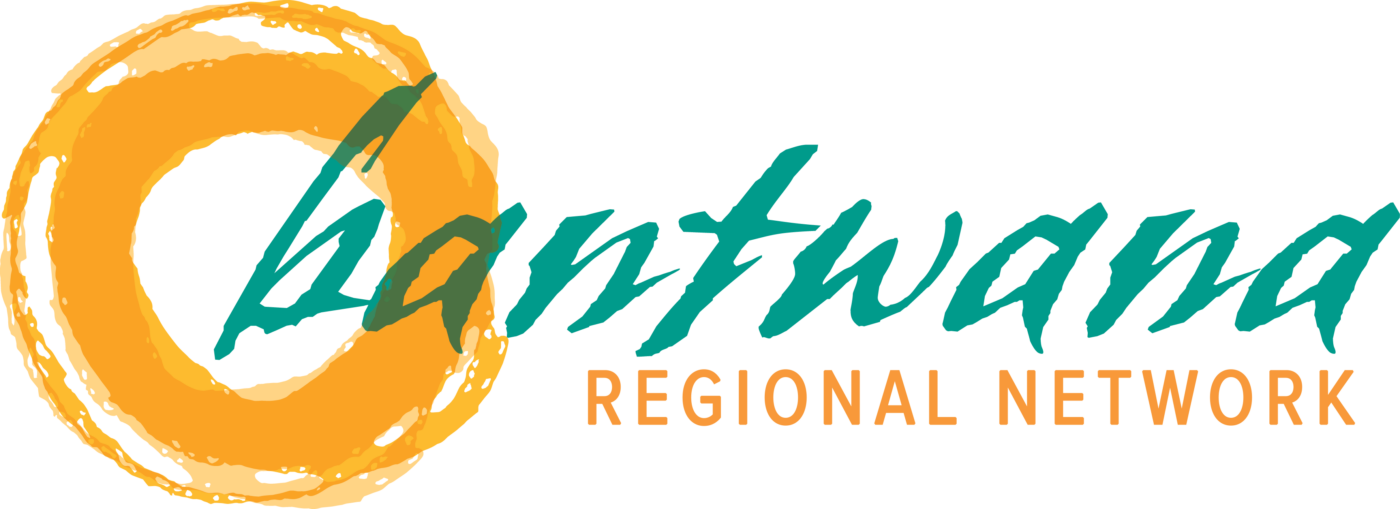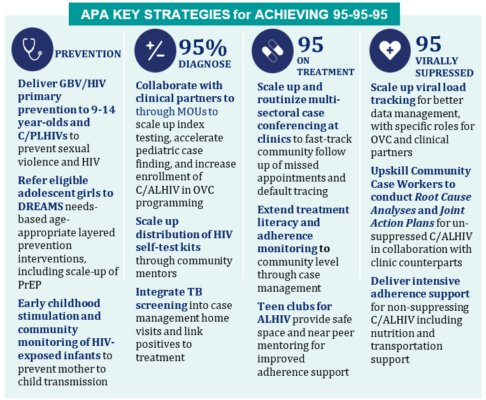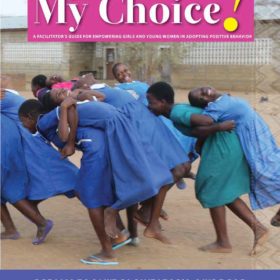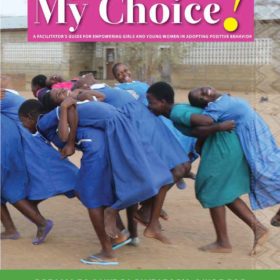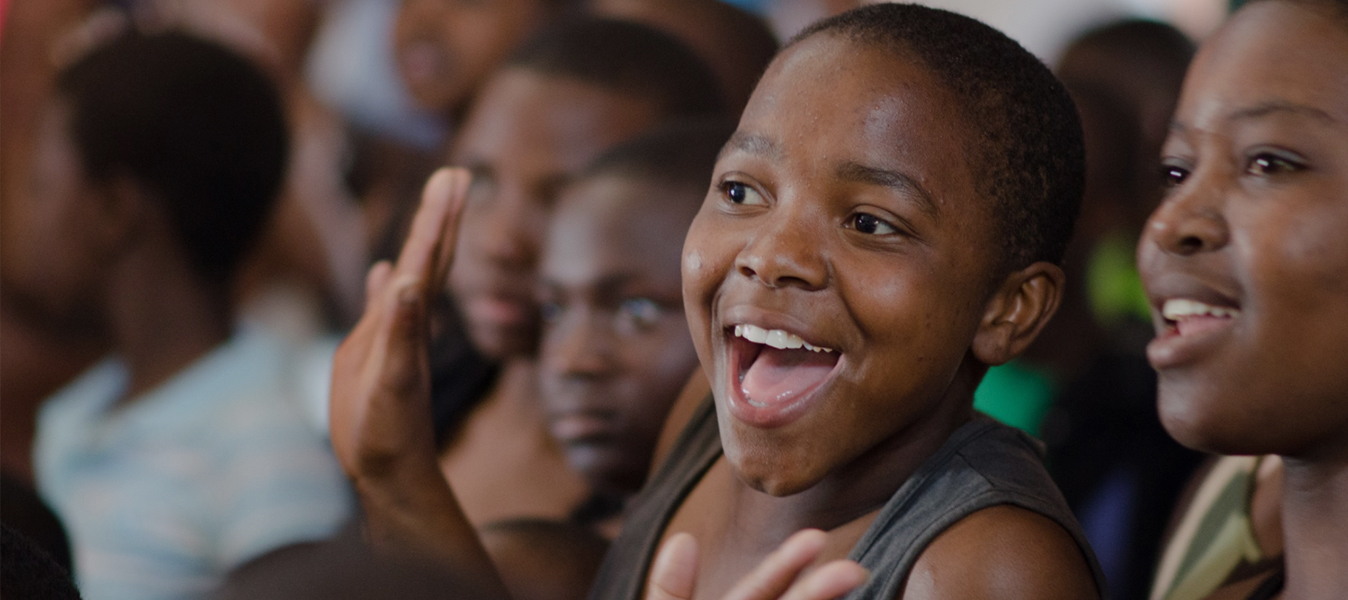Ana Patsogolo Activity (APA)
The Ana Patsogolo Activity (APA) prevents new HIV infections and reduces vulnerability among orphans and vulnerable children and adolescent girls and young women in partnership with the Government of Malawi and a consortium of Malawian NGOs.
